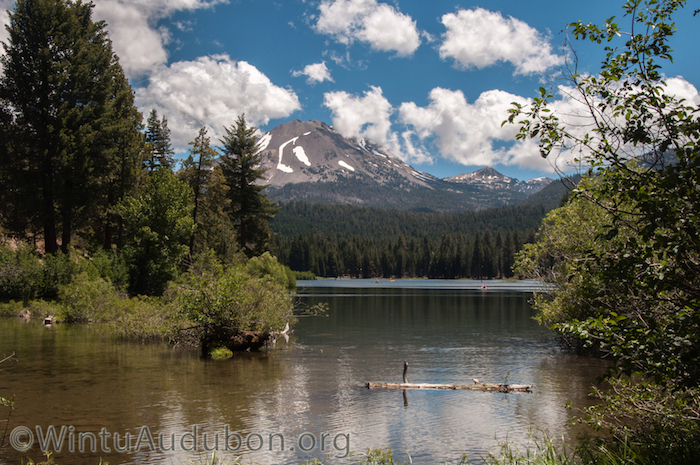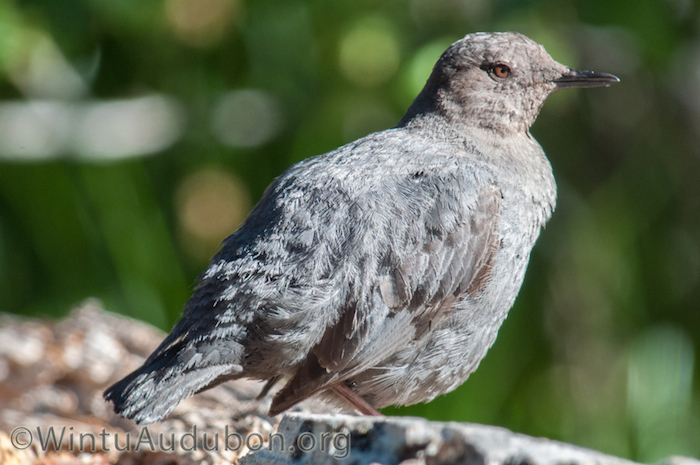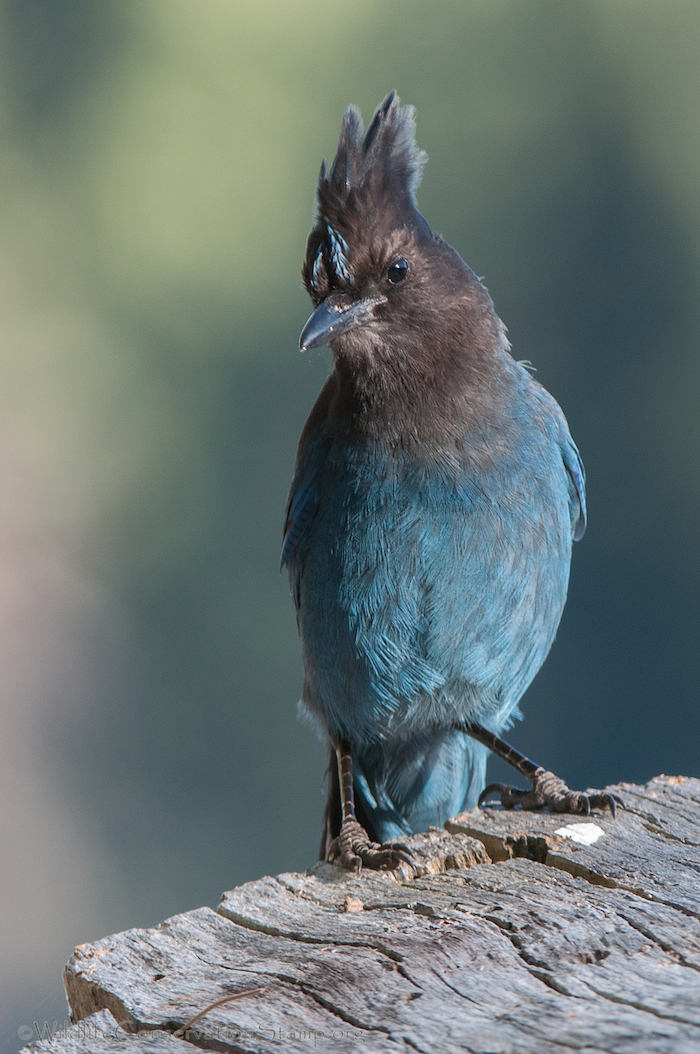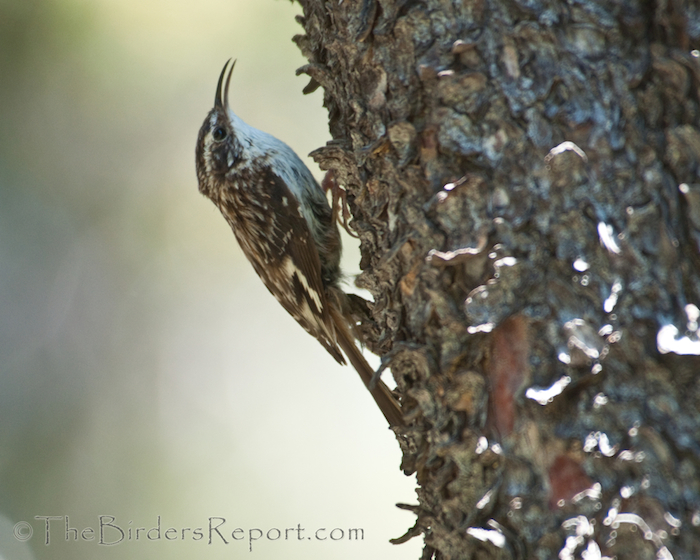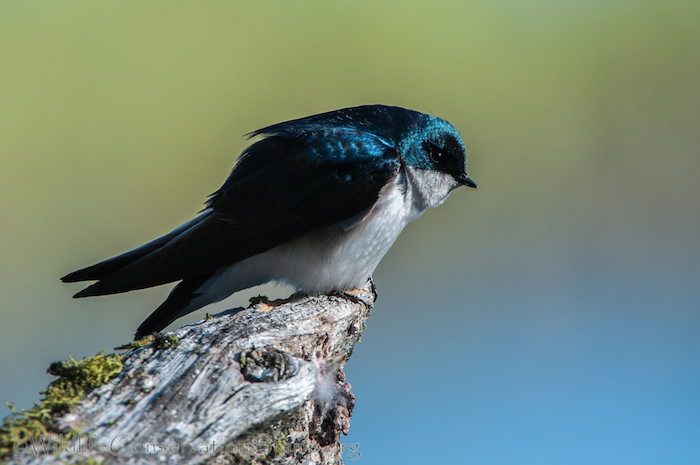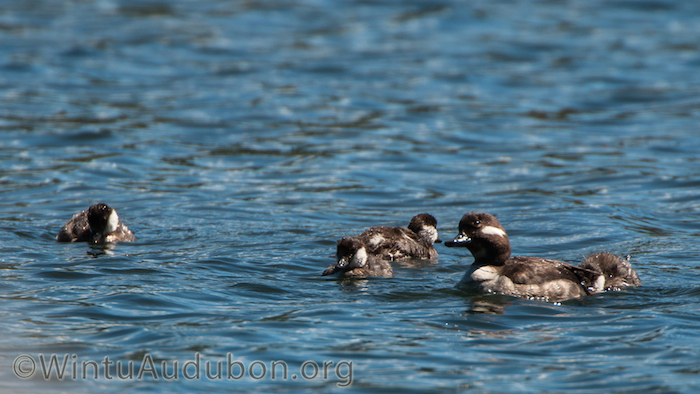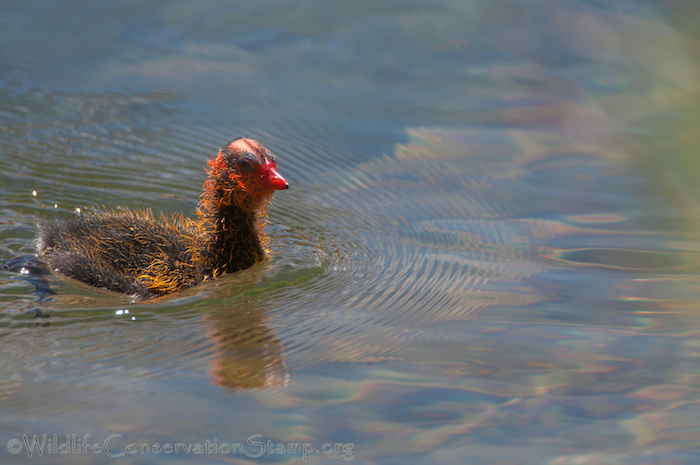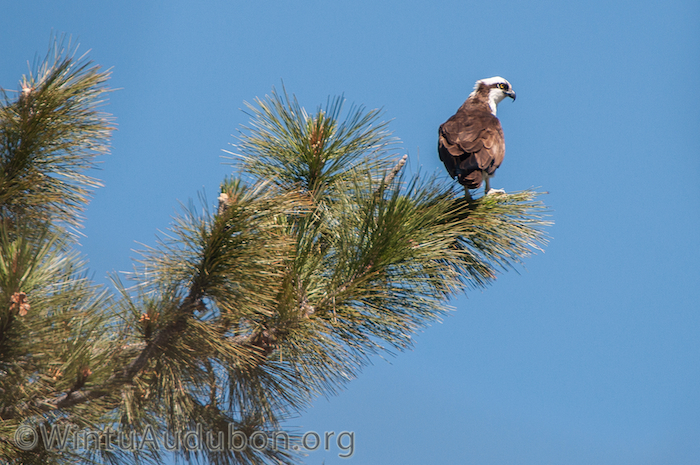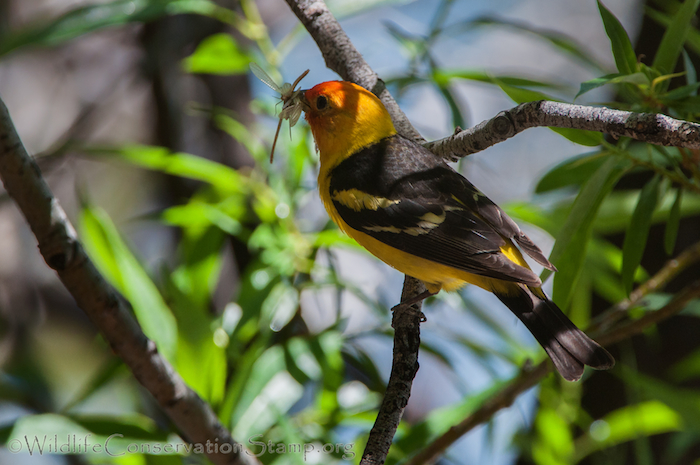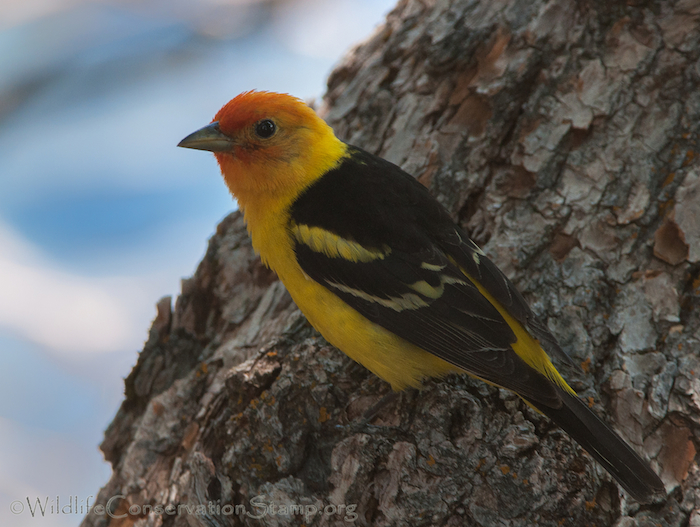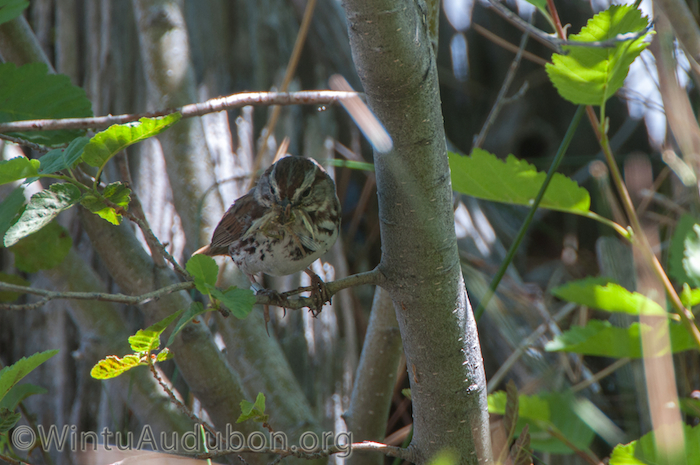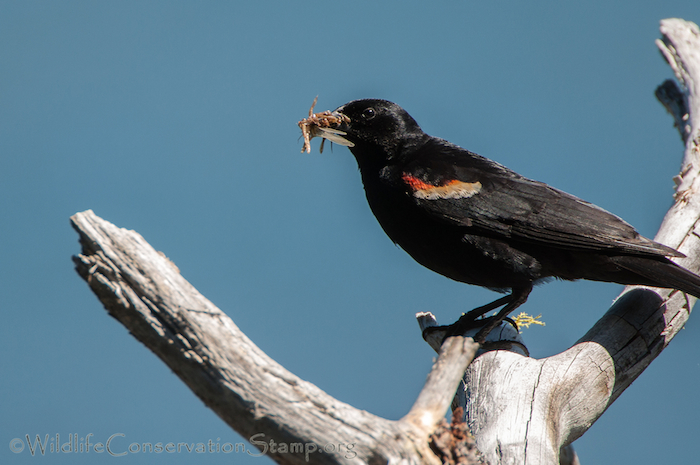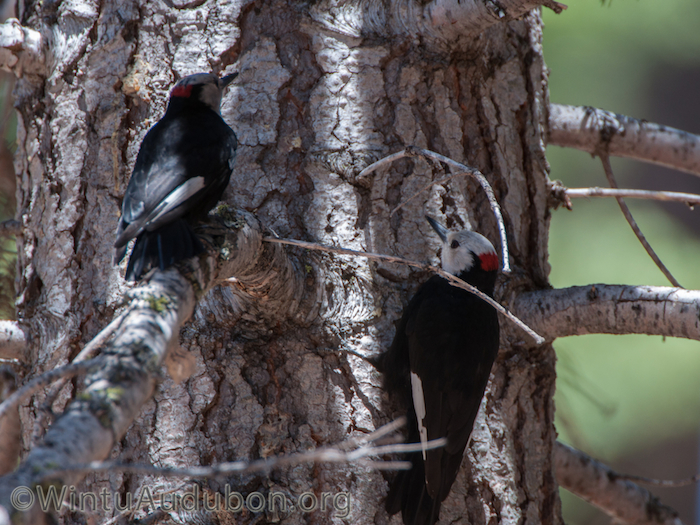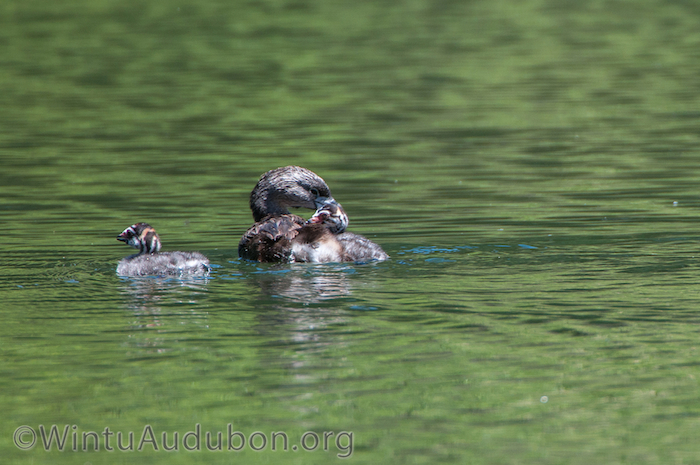We have enjoyed the birding and camping at the Lost Creek Group Campground over the years, so we are scheduling this event again this year. Group Camp Site #4 has been reserved for the nights of Friday, June 27 and Saturday, June 28. This year I can almost guarantee the park road will be free of snow—freak storms notwithstanding. This time of year is ideal for observing nesting birds. We are again inviting the Redwood Region Audubon Society and Altacal Audubon Society to join us. Folks can either camp at Lost Creek or drive up for either or both Saturday and Sunday. Campers can arrive at the campsite at a time of their choosing on Friday afternoon. Saturday day trippers should meet at the Redding Civic Auditorium (Convention Center) at 8:00 am Saturday morning to car pool. We will bird Manzanita Lake and vicinity on Saturday morning. The rest of the itinerary is open and will depend on the interests of the participants. Day trippers for Sunday, June 28, will meet at the campsite at 9:00 am. Lost Creek has primitive facilities – pit toilets and no electricity, but potable water is available. Contact Bill Oliver (Ph. 941-7741 or email wwoliver9@gmail.com) for other particulars.
Tag Archives | Manzanita Lake
Lake McCumber and Manzanita Lake Outing
Lake McCumber formed by a dam on North Battle Creek offers a variety of habitats. Besides open water for ducks and geese, the north side borders on dense mixed-conifer forest where Pileated Woodpeckers are often seen. The west side supports willow thickets—good warbler habitat—and an open field for Western Bluebirds, among others. Wear sturdy shoes to access all these habitats via a rough unpaved trail. The road to Lake McCumber is 8 miles beyond Shingletown off Hwy. 44. We will probably have time to visit Manzanita Lake in Lassen Volcanic National Park in the afternoon. The willow thickets are always productive for migrating warblers and the stands of large trees are attractive to woodpeckers and other cavity nesters. Bring a lunch, water and layered clothing and meet at the parking lot on the south side of the Redding Civic Auditorium at 8:00 am to meet your leader, Chad Scott.
Audubon Annual Outing at Lassen Volcanic National Park Part 1
Every summer folks from Altacal and Redwood Region Audubon join Wintu Audubon Society for a weekend campout at Lassen Volcanic National Park. Click on photos for full sized images.
The weather was perfect, with some cloud cover and cooler temperatures we escaped the valley heat for a couple of days. We had an excellent turnout for our Saturday morning walk at Manzanita Lake which began with White-headed Woodpeckers at the visitor center parking lot. As we began our walk we found the resident American Dippers (Cinclus mexicanus) on Manzanita Creek.
There were plenty of boisterous Steller’s Jays (Cyanocitta stelleri) to hear and see as we approached the picnic and boat launch area of the lake…
and we were also treated to a close up climbing display by two Brown Creepers (Certhia americana) that were putting on quite a show right in front of us on the trail.
Just beyond the boat ramp there is a huge downed log that lies on its side above the water, right next to the trail. This log houses possibly more than one species of cavity nesting bird but every year I have visited Manzanita Lake there have been Tree Swallows (Tachycineta bicolor) nesting in it and performing their amazing aerial displays above the water. I photographed this one as he perched on a branch above the cavity.
As we continued around the South side of the lake we saw a female Bufflehead (Bucephala albeola) with her ducklings…
and an American Coot (Fulica americana) teaching her Cootlets how to forage.
Making our way along the western edge of the lake, where the willows hug the water and the manzanita and scrub own the other side of the trail, we searched for a Green-tailed Towhee to no avail. We saw Yellow Warblers, Orange-crowned Warblers, Yellow-rumped Warblers and even Cassin’s Finch but alas, no Towhees. However, one of the lake’s resident Osprey (Pandion haliaetus) flew up into one of the pine trees at the water’s edge to everyone’s delight.
We also found a very cooperative male Western Tanager (Piranga ludoviciana) that was carrying several insects to feed to some undoubtedly hungry nestlings nearby.
He was very gracious with his time and I was able to snap quite a few photos of this gorgeous bird.
As we reluctantly moved on we found more evidence of nesting and recently nesting birds. There was a Song Sparrow (Melospiza melodia) bringing beaks full of insects to its young as well…
and Red-winged Blackbirds (Agelaius phoeniceus).
Then an adult male White-headed Woodpecker (Picoides albolarvatus) was spotted with another male White-headed Woodpecker. Upon closer observation we surmised that the second woodie was a juvenile being educated by his male parent in the finer points of woodpecker behavior.
As we crossed the narrow part of the trail bridging the outlet flow of the lake, near the kiosk at the south entrance to the park, we saw something I had never been able to witness before, an adult Pied-billed Grebe (Podilymbus podiceps) carrying young on its back. That was the highlight of the morning walk for this birder!

